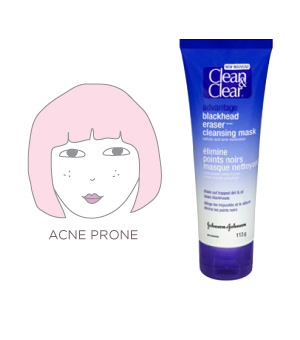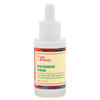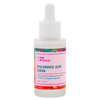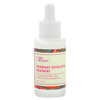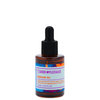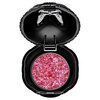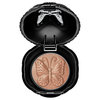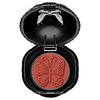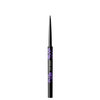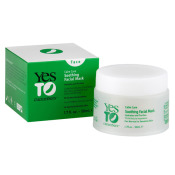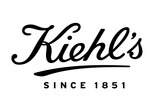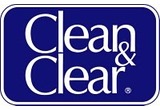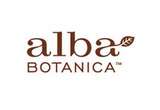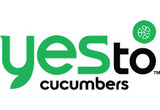The Truth About Face Masks
Published Jan 28, 2012

Face masks are an excellent way to maintain beautiful skin, but deciding which one to use—or forking over your savings to get a facial—can often stop you from investing in one. However, these treatments are excellent at clearing our pores, cleansing, detoxifying, and hydrating our skin. But which one should you be using? We spoke with Frankie Paige, founder of the Francesca Paige Skin spa in Los Angeles, and New York City-based aesthetician Andrea DeSimone, to find out how you can achieve the best at-home facial.
Regardless of what type of mask you’re using, there are a few essential steps that everyone should follow. Always steam your face over a cup of hot water or press a hot wash cloth to your face before beginning a mask. “The heat works to soften the debris in your pores and clean your skin,” explains Andrea. Just as important? For true professional results, follow up your detoxifying or purifying mask with a second, moisturizing mask, as all skin types need to be calmed and re-hydrated. Another tip? “Take your mask down to your décolletage!,” suggests Frankie. “Your neck is just as important as your face and needs proper care.”
1 Dry & Sensitive Skin
“A hydrating mask is the only one people with dry or sensitive skin should apply," says Frankie. Opt for a cream formula (rather than a clay or exfoliating mask) to replenish your skin's hydration. You want to rejuvenate and protect your skin rather than dry it out or inflame it with too much scrubbing. "A DIY recipe of Greek yogurt and a teaspoon of honey is fantastic for dry skin," adds Andrea. Yogurt also contains enzymes, so it works to get rid of any flaky dead skin. The soothing remedy will also help to maintain your skin’s natural oils.
Beautylish recommends: Yes To Cucumbers Soothing Facial Mask
2 Acne-Prone Skin
"Using facial oil as a mask is fantastic for acne-prone or oily skin," says Andrea. Fighting oil with oil will actually re-balance your sebaceous glands and help heal your spots. "It’s extremely important to re-balance the natural oils within your skin," suggests Andrea. “By drying out your face too much your skin will make even more oil to compensate, so you end up with more clogged pores than you had to start with!” However, if you want to deep clean your pores, start with a clay or gel mask. “You can even add oil into a gel mask for double the impact!,” adds Frankie.
Beautylish recommends: Clean & Clear Blackhead Eraser Cleansing Mask
3 Oily Skin
Beauties with oily skin should stick with an exfoliating or clay mask. "A clay mask is perfect for oily skin, as it works to exfoliate and draw impurities out of the skin," says Andrea. The minerals and vitamins will leave your face feeling soft and supple but will dry it out a little, so finish with a hydrating mask to replenish moisture and restore your skin’s balance. Leave both your first and hydrating mask for 10 to 15 minutes, as your skin needs that time to really absorb the ingredients. "You want to re-hydrate your skin and heal it," adds Frankie. "I love a simple hydrating mask of honey and aloe vera. You can leave it on overnight as the mixture won't stain your pillowcase!"
Beautylish recommends: Alba Botanica Natural Even Advanced Deep Sea Facial Mask
4 Combination Skin
Combination skin should be addressed in separate parts. "There can be different skin types all over your face, so treat each area accordingly," says Andrea. "Apply a clay mask to your T-zone if it's oily, and a hydrating mask—like my yogurt concoction—to the rest of your face.” Your skin can also change in the seasons, so you may need to change masks accordingly. "An enzyme mask is perfect for someone with combination skin and is gentle enough to apply all over your face," according to Andrea. "An at-home version is to mash up some pineapple and mix it with yogurt. The natural enzymes in fruits such as pineapple and papaya are excellent at removing dead skin cells.”
Beautylish recommends: Kiehl’s Pineapple Papaya Facial Scrub




